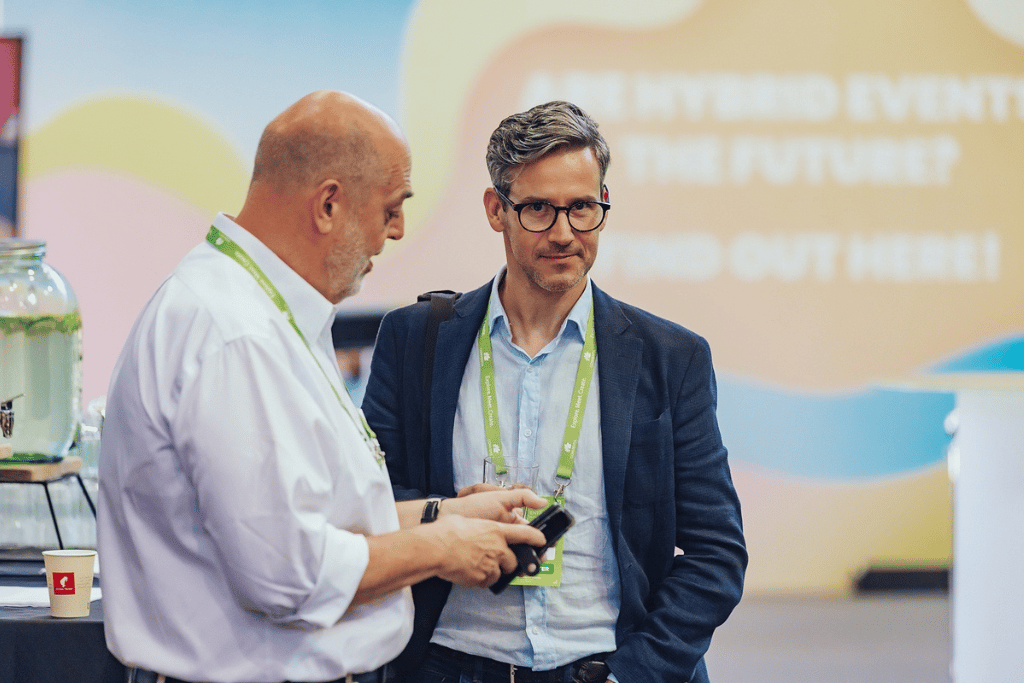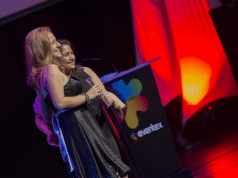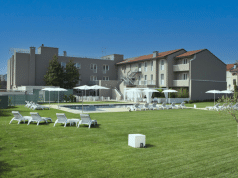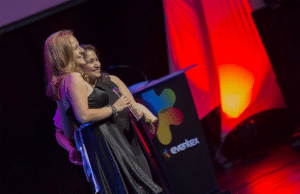Within the industry, we place tremendous emphasis on first impressions. The iconic elevator pitch has become our constant companion, and there is a sea of tips for making an impactful first impression at an event. If you type first impression events into Google, you will get 196 million hits. If we believe researchers at Princeton, we form an opinion (or impression) about someone or something in less than a tenth of a second. From an evolutionary perspective, this incredible capability enabled our existence in the past because we could immediately assess whether someone or something was our enemy, friend or potential partner and react to that accordingly.
Any way we look at it, the first impression seems crucial on the internet, where it has been scrutinized. In politics, we are used to being sweet-talked by politicians into voting for them during elections. A bitter disappointment usually follows after 100 days of the work of the newly-elected government. All of us who have been in the role of an employer face a similar challenge when hiring new personnel. As a rule of thumb, the first impression is fantastic, polished, physical and, too often, shallow. Consider, though, how you perceive the last impression. More often than not, the final impression differs from the first, as the latter leads us to accept wrong choices. The immaculate appeal of the CVs of applicants and their eloquent, though generic rhetorics, are incomparable to their tiresome handover record when changing jobs. The handover usually tells much more than the farfetched CV.

Every end, however, is a new beginning. The effort meeting planners place in their relationships with attendees pays off one day. Perhaps not in the same project, yet certainly someday. The problem is that the reward comes later, as establishing a partnership is a marathon, not a race. The first impression is momentary, whereas the last impression makes waves and has a long-term impact.
My outlook is straightforward. Organising events is, frankly, all I have, all I do and what I wish to do. Some of us live to work, while others work to live. I strive to create events with a clear purpose. To put it bluntly, I want to develop events that foster change, cherished for their extraordinary last impression. Aren’t such events what propels our industry in the first place?

The mission of event organisers is not to force attendees into anything. We must know how to ask them for their impressions inconspicuously. We do so by conducting surveys and comprehensive interviews with participants. There are a few rules we deem wise to follow. Never should you force the respondents with obligatory questions. Often, that deters them from taking a survey. The questions should be easy to understand in a logical order (either chronologically or thematically). Sensitive (demanding) questions should be placed at the very end, as you do not wish the respondents to quit halfway through the survey. In addition, you should ensure the ranking scales are consistent throughout the survey. You should publish and share the survey on social media platforms, forums and elsewhere. Minimising the number of open-ended questions is crucial. To create a quality survey, one must opt for a thought-out, expert methodology, which should be reflected in the concise structure of the questions.
Another vital aspect concerns the bulk of the questions that should remain unchanged in case of an annual event. That way, you can follow trends precisely and make decisions accordingly. At Conventa, we have been measuring the satisfaction of attendees and hosted buyers by inviting them to participate in a survey that remains unchanged (95% of questions are the same). Every year, we only add a few questions on the specificities of the event. This year, we added questions regarding our green and sustainable measures. Our research aimed to discern whether we were successful and discover any drawbacks. We will try to execute our next event based on the research findings. Upon changing halls this year, attendees pointed our attention to a three-fold challenge alongside minor remarks. Firstly, the event hall was too hot. Secondly, the vegetarian dishes did not suit everyone, and lastly, we did not label the parking adequately. The acquired data is pertinent to the needs of our project, as they enable planning for Conventa 2023.

Do not rely on your gut feeling when organising events!
There is a clear correlation between the satisfaction rate and loyalty to our project. You can get insight into your event by conducting extensive interviews. In our case, we conducted a joint interview with all Conventa partners. Expectations had a noticeable impact on the satisfaction rate. The simple question Did the participation meet your expectations? played a crucial role. 97,4% of exhibitors answered positively, and 100% of hosted buyers said yes. A testament to the success of the project is the high satisfaction rate. Exhibitors evaluated their satisfaction with an average mark of 4,47, whereas hosted buyers ranked it at 4,57. That signals that the event largely met their expectations. Nonetheless, this does not mean they did not hold back on the segments in need of improvement. In reality, that is what matters most, as it provides insight so we can perpetually develop.
Meeting planners obtain a broader picture of the last impression by analysing satisfaction. If a project revolves around lacking arguments or visual form alone, it is bound to fail.
In the end, the artistic impression does not count. What matters is the number of regular partners. Above all, do not rely on your gut feeling when organising events.
Research has shown…
Kongres Magazine’s research from 2019 has shown that a third of respondents rely on their gut feeling rather than calculations and ROI analyses in regard to marketing and sales. In 2020 and 2021, we conducted 14 studies in all areas of the meetings industry. Our analysis has shown that our industry relies too much on feelings and not enough on data. Surprisingly, we follow herd instinct quite often. To illustrate: you are not likely to catch a tuna with a large net. Using data and analytics is necessary to organise fantastic events and create outstanding last impressions.
Editorial by Gorazd Čad














